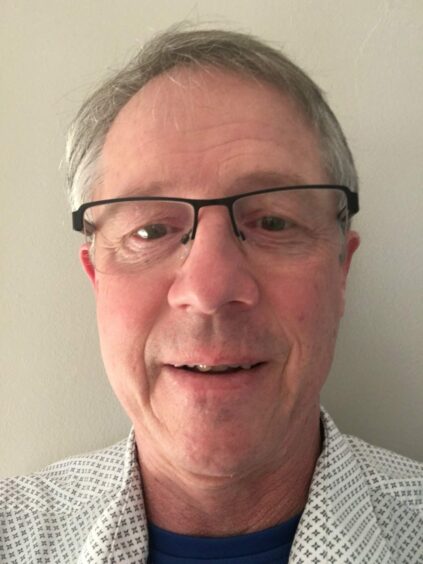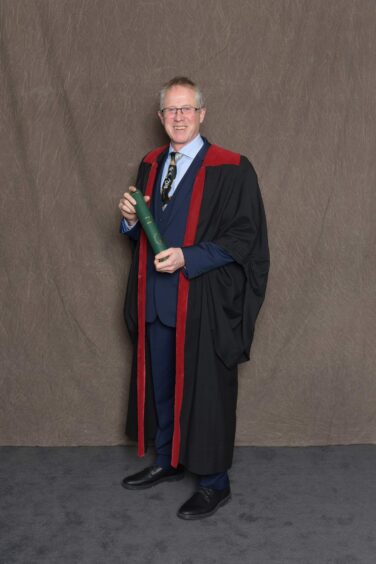A doctor claims staff need to fill in so many forms after a patient is admitted to hospital that it’s slowing the whole system down.
Dr Gordon Caldwell says the current NHS crisis is often blamed on the number of patients taking up hospital beds waiting for a place in social care.
But the consultant, who recently retired from his hospital role in Oban, says bureaucracy is also taking its toll on the healthcare system across the UK.
And he explains why digitising the forms and storing them on a computer won’t even help.
‘It’s like having a full hotel with coach loads waiting to get in’
He believes there would be fewer problems with crowding in A&E departments if medics were able to spend more time with their patients instead.
Peak arrivals at many hospitals are generally over lunchtime, around the same time patients are often beginning to be discharged to go home.
“It’s like having a hotel that’s full because you haven’t got people out by lunchtime, but you’ve got two coach loads of people at the front of the hotel,” he says.
Dr Caldwell took a photograph of himself – at 5ft 10in tall – lying next to all the paperwork in hospitals required for one patient admission to illustrate the problem.
The doctor, who worked as a consultant physician in Worthing from 1993 to 2018, has been campaigning to simplify processes at NHS hospitals for more than a decade.
“I’ve certainly seen hospitals where the nursing assessment is 32 pages long, for every admission,” he said.
Why does he not think storing all the forms on a computer won’t help?
Filling out all these documents takes time, and he highlights that some of the information is even duplicated on these forms.
But he doesn’t believe digitising all the documents and storing them on a computer will help.
“Even if you’ve got them badly filed in a paper folder you’ve got a chance of recognising the colour of the form for whatever it is you’re looking for,” he says.
“What adds value to the patient is the nurses being with the patient doing the things that are going to make them better.
“The paperwork and admin work has to be cut to a minimum.”
Paperwork in hospitals: Is the discharge process for patients any better?
Even discharging patients can take longer than necessary, he says, because of the systems in place.
He says a patient could be told by a doctor in the morning they’re fit enough to go home yet might need to wait up to six hours for a prescription to be processed.
“I’m not talking about this because it just affects the Oban hospital,” he adds.
“It affects, I think, every NHS hospital and it worries me that the NHS don’t even know how much time is being spent on these forms; what proportion of a nurse’s time is spent filling these forms in comparison to actually delivering the care.”
Dr Caldwell, who lives in Lochaber in the Highlands, says he’s absolutely sure NHS staff waste huge amounts of time with all the processes in place.
“I’m sure we’ve now got to the stage where all the documentation is so burdensome, that we’re slowed down and can’t work at the right speed,” he says.
“You only need to speak to nurses and ask them to tell you about the documentation and they all say it’s crazy.”
What is the Scottish Government saying?
The Scottish Government says its regularly reviewing ways to make sure patients who no longer need hospital are discharged “as soon as possible”.
And they hope to improve their administrative processes.
A Scottish Government spokesman said: “We are constantly looking at ways of streamlining the bureaucracy across the NHS and introducing digital solutions where possible but we must also ensure robust systems are in place.”




Conversation